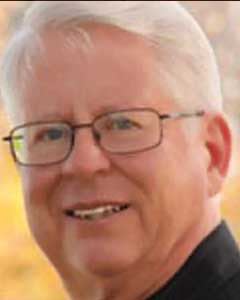This weekend, I am meeting with two young Muslim friends, Ola and Hana, whom I met first when they were undergrad university students. Both have done well in their academic programs and in Student Union governance. They share with many of their Canadian counterparts a keen sense of justice and a desire to engage in humanitarian service at home and abroad.
Last week, Hana announced that she plans to seek her party’s nomination in a local riding. She hopes to get into provincial politics to bridge the gap “between students and government.” Residing in Calgary, where Naheed Nenshi became the first-elected Muslim mayor of a major North American city five years ago, it’s not unusual for her to consider entering the legislature.
It is an honour for me to be asked to share my views with a possible candidate and her campaign manager. These two very spiritual and politically-inclined women are venturing into a new experience with enthusiasm and optimism.
Observing them over the years assures me that we are involved in a true form of interfaith dialogue that will hopefully become very common for many Canadians in the years ahead.
Ola has been invited to give Sunday morning and other presentations at the church I attend. She joins other Muslim guests who have offered culinary delights, rented worship space and heard lectures on such topics as the role of Jesus in Islam. Over the years, our congregation’s interfaith engagement has been increasing. I now believe we are taking things one step further as we discuss secular public service.
Dialogue can also take the form of comparative scripture studies. In 2009, the Anglican Journal published my review of Noah’s Other Son: Bridging the Gap between the Bible and the Qur’an by Brian Arthur Brown (1). This book emerged from the experience of a Toronto church that held a series of epiphany sermons comparing biblical and Qur’anic hero stories. Jews, Christians and Muslims participated. Jewish-Christian scripture discussions have been taking place in local congregations for some time. Adding members of the Islamic community proved to be a rich and rewarding experience.
Brown has subsequently produced other aids to three-way studies for people gathering together in synagogue, church or mosque to engage their sacred writings and expand their understandings (2).
Local-level encounters can happen in many parts of Canada and not only in major centres. An open spirit of hospitality and a willingness to venture beyond our comfort zones can lead to remarkable breakthroughs.
In my last column I wrote about intra-faith dialogue. That dealt with the importance of facing challenges within our Christian faith communities. Here I attempt to take the same principles to an interfaith arena. What we need to do in all these endeavours is to see each other as humans created in the image of God, to seek common ground, to be open and honest about differences and to function with a spirit of holy manners that helps us transcend our solitude.
Resources
Wayne A. Holst teaches religion and culture at the University of Calgary and helps to co-ordinate adult spiritual development at St. David’s United Church in Calgary.





